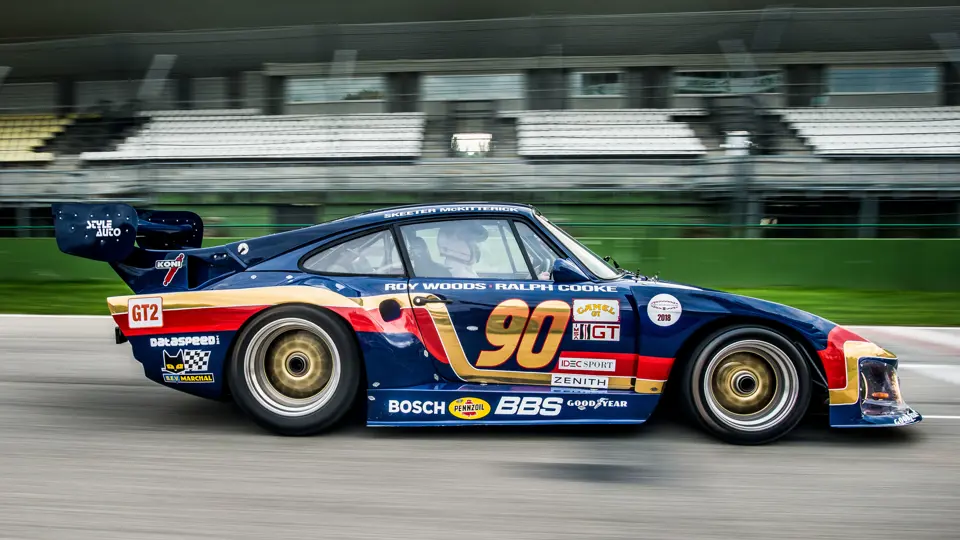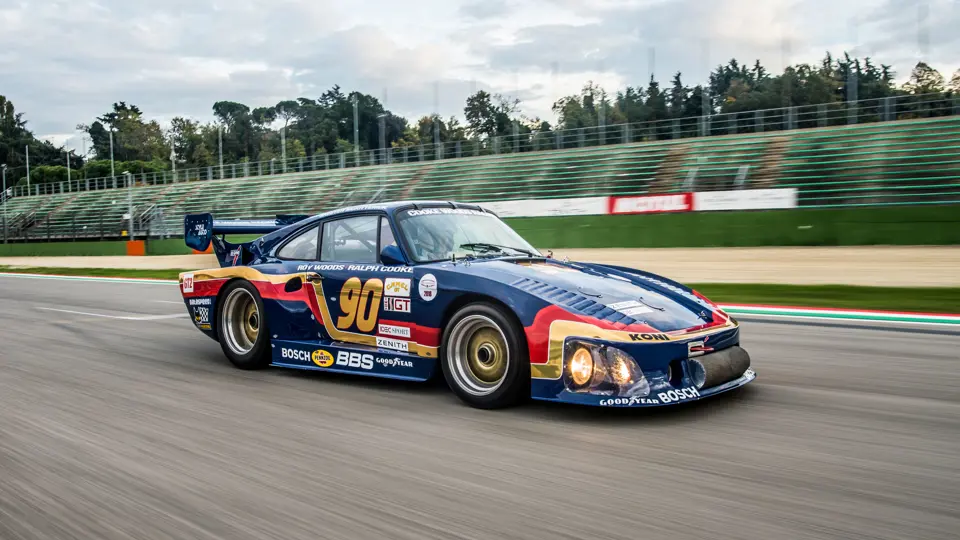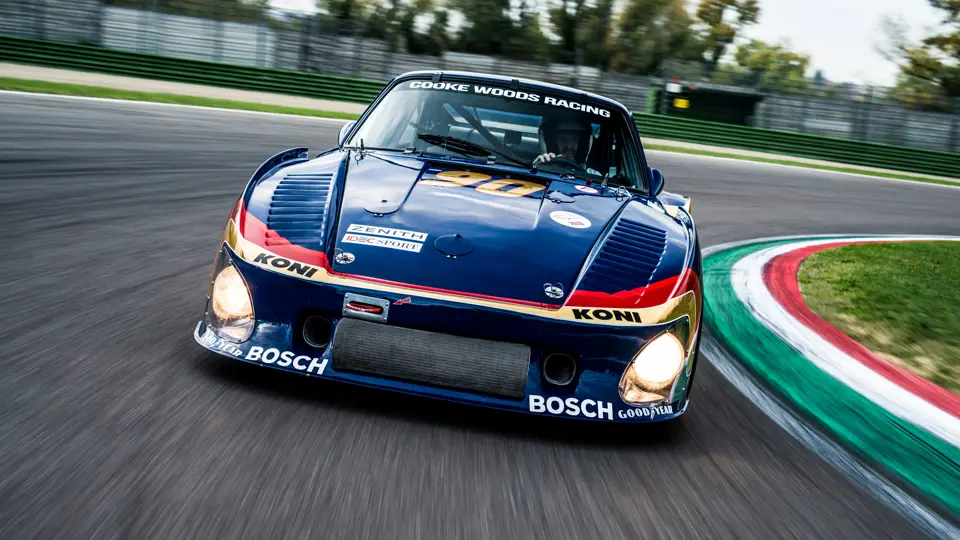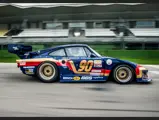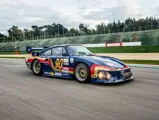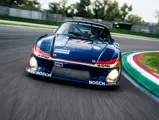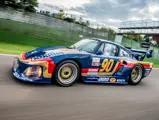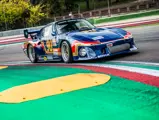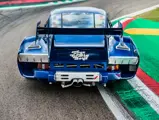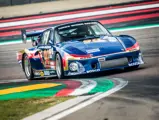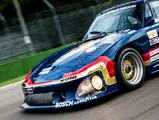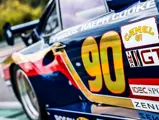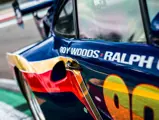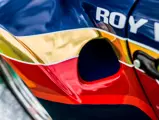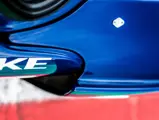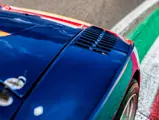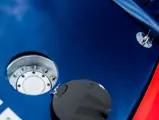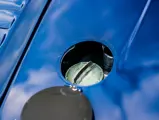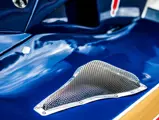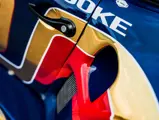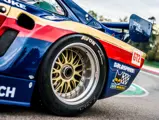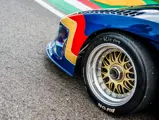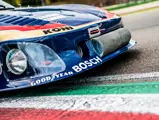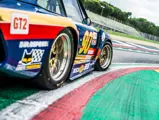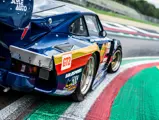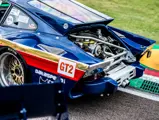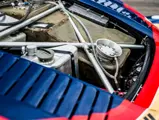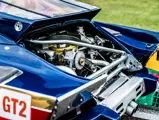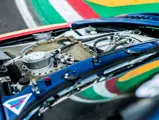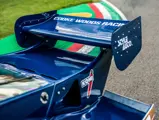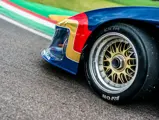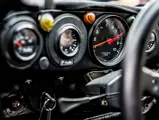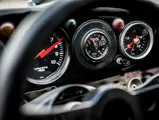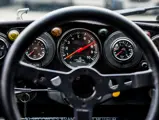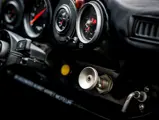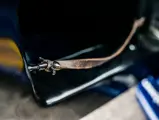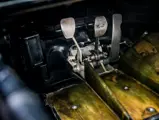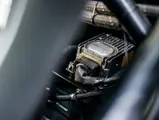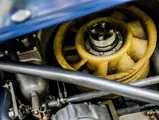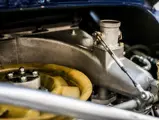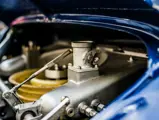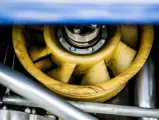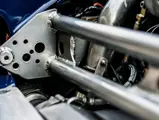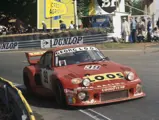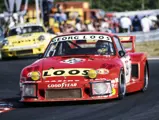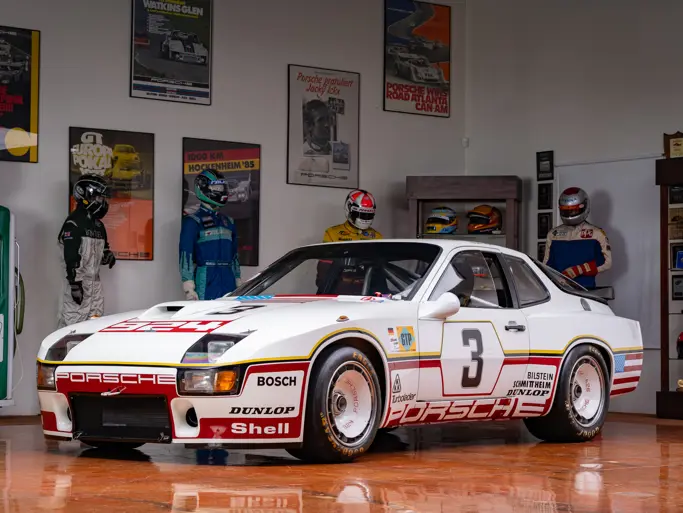
1977 Porsche 935 K3
{{lr.item.text}}
$1,700,000 - $2,000,000 USD | Not Sold
{{bidding.lot.reserveStatusFormatted}}
- One of 13 factory-built 935/77As; originally delivered to Georg Loos/Gelo Racing
- Three-time Le Mans participant; twice Daytona 24 Hour and Sebring 12 Hour competitor
- Converted to Kremer K3 specification in 1980
- 2nd overall at Sebring in 1981 and 5th at Le Mans in 1982
- Driven by Derek Bell, Bobby Rahal, Hurley Haywood, Brian Redman, and Rolf Stommelen
- Immaculately restored and maintained by Equipe Europe to 1981 Sebring specification
- Highly documented, including Historic Technical Passport (HTP) and service and restoration invoices
- Class winner at the 2018 Le Mans Classic and frontrunner in Classic Endurance Racing
- Eligible for numerous vintage racing events, including Le Mans Classic and Monterey Historics
WORLD CHAMPIONSHIP OF MAKES
As Porsche’s indomitable 911 entered its second decade of competition, its place in racing and rally folklore was assured; a hat-trick of Monte Carlo Rally victories, three wins at both Daytona and Sebring, and victory in the Targa Florio—all achieved with a production-based car. However, it was the introduction of a modified FIA Group 5 ruleset for 1976—allowing “Special Production Cars” to contest the World Championship for Makes—which permitted Porsche to explore the 911’s potential and to unleash their most outlandish derivate yet: The Type 935.
In effect, the new regulations allowed the development of “silhouette” cars, providing a production-based power plant and certain external dimensions were retained. As ever, Porsche read the rulebook more closely than did their competitors, their newly bewinged and suitably widened 2.85-liter, twin-turbocharged 935/76 winning four races en route to the 1976 World Championship for Makes title.
Porsche’s 1977 season was even more emphatic, with 935s winning eight of the nine races. For 1978 the World Championship for Makes was incorporated with the World Sportscar Championship; something which Porsche marked by winning every Championship round for the next two years. Indeed, such was the 935’s domination that it concurrently won some 13 of the 21 Sports Car “Classics” held between 1978 and 1984; its crowning glory being an overall win at Le Mans in 1979—the first time the race had been won by a non-Sports Prototype since 1952.
CHASSIS NUMBER 9307700911
This 935, chassis number 9307700911, left Weissach in 1977 in customer 935/77A specification to the order of wealthy Cologne-based Real Estate developer Georg Loos. A Porsche customer of longstanding, Loos in fact ordered another 935/77A, chassis 9307700908, at the same time, and indeed became one of the 935 programme’s great stalwarts, owning at one time or another no less than six different examples. Although a capable and experienced driver himself, Loos would often enter multiple cars via his eponymous team, Gelo Racing, employing the likes of Rolf Stommelen, Klaus Ludwig, John Fitzpatrick, and Howden Ganley as co-drivers.
For the 1977 season, Loos intended to enter the 935s in both the DRM (Deutsche Rennsport Meisterschaft—in effect Germany’s domestic Group 5 Championship) as well as select rounds of the World Championship for Makes and the Le Mans 24 Hours. Chassis 0911 made its race debut at the third round of the DRM at the Nürburgring, where it was driven by Tim Schenken. The race was won by Bob Wollek in the rival Kremer team’s 935, with Schenken finishing 4th.
After a non-finish in the Silverstone 6 Hours, where Schenken was co-driven by Derek Bell, the car returned to DRM duties at Mainz-Finthen, with Schenken taking a fine 3rd place behind teammate Stommelen and Wollek. At Le Mans, in June, the car was to be driven by Schenken, Toine Hezemans, and Hans Heyer, although a magnificent qualifying performance—which saw the car qualify 8th overall—was sadly negated by fuel injection pump failure in the race.
A fine run of mid-season form saw Schenken finish 4th, 3rd, and 3rd again at the DRM rounds at Norisring, Diepholz, and Hockenheim, respectively, although the final round at the Nürburgring in October witnessed a rare retirement, thereby restricting him to 9th place in the Championship standings. However, crucially Stommelen beat arch-rival Wollek to the title.
At the conclusion of the DRM season, 0911 was sold to Carlo Noce of Modena, Italy, who employed Luigi Moreschi and “Dino” to drive the car in the final round of the World Championship for Makes at Vallelunga. After qualifying 2nd for the six-hour race, the pair drove faultlessly to win by more than a lap from the similar 935 of “Victor” and Monticone. The car remained in Italy throughout 1978, now prepared by the famous Jolly Club team, and recorded a superb 2nd overall finish in October’s six-day Giro d’Italia Automobilistico, courtesy of drivers Carlo Facetti and Martino Finotto.
Jolly Club’s involvement continued into 1979, starting with preparation for the Daytona 24 Hours. Finotto and Facetti were joined on this occasion by Gianpiero Moretti and took a magnificent pole position before retiring from the race—having led 164 laps—with engine failure. Upon their return to Europe, Finotto and Facetti drove 0911 to a fine 3rd place in the Mugello 6 Hours in March, before the car was sold mid-season to aspiring Floridian IMSA entrant Charles Mendez. A sometime promoter of the Sebring 12 Hours, Mendez shared the car with Hurley Haywood to win the Daytona 250 miles in July before recording a commendable 3rd place—with Brian Redman—in the last IMSA race of the season, also at Daytona.
KREMER NUMBER 009 0005
In 1980, 0911 was sold to Roy Woods’ Racing Associates team and was upgraded to Kremer K3 specification. Once fitted with a later specification “upside down” gearbox and K3 bodywork, the car was duly re-numbered 009 0005, and reappeared in that year’s Daytona 24 Hours—now in eye-catching Coca Cola livery—to be driven by Woods, Bob Akin, and Bobby Rahal. Unfortunately, the race would end in retirement after 156 laps with engine failure. At the Sebring 12 Hours a month later, Rahal was replaced by Skeeter McKitterick, and the team enjoyed a welcome upturn in fortunes by finishing 5th. The team’s focal point for the year had been the Le Mans 24 Hours in June, where Akin would share the car with Paul Miller and Ralph Kent-Cooke, although this would end in disappointment once again with axle failure after 237 laps.
Newly renamed as Cooke Woods Racing for 1981, the car returned to Sebring in March where, driven by Woods, Kent-Cooke, and McKitterick, where it finished a magnificent 2nd overall behind the Brumos-built 935 of Holbert, Haywood, and Leven. The K3 was used just twice more in 1982, with Rahal driving solo to 3rd place in the 100-mile IMSA race at Road Atlanta, while Kent-Cooke, Woods, and Bob Garretson shared the car to finish 4th in the Riverside 6 Hours.
In 1982, ownership of 009 0005 was formally transferred to Ralph Kent-Cooke, although once again it would only be used sparingly, with just two races scheduled. In June, the K3 returned to Le Mans, on this occasion being driven by the all-French crew of Dany Snobeck, François Sérvanin, and René Metge. Having qualified 34th, the car performed faultlessly in the race, finishing in a remarkable 2nd in the IMSA GTX class, and 5th overall—beaten only by the three new Works Porsche 956s and the class-winning 935 of Fitzpatrick and Hobbs. In October, 009 0005 competed in its final top line Endurance race, the 6 Hours of Fuji, in which it finished a valiant 2nd in IMSA GTX and 7th overall.
The Porsche remained with Kent-Cooke until 1984, when it passed to IMSA regular Jim Torres. Although Torres initially competed with the car still in 935 K3 guise, from 1985 onwards he opted to convert the car to IMSA GTO specification, entering it as a 934 in 1985 and then somewhat cryptically as a “930S” in 1986 and 1987. During this time, he shared the car with Monte Shelton and Werner Frank, its most noteworthy result being 6th in the 1986 Portland 300 KM.
HISTORIC RACING CAREER
Following the conclusion of its illustrious contemporary career, 009 0005 remained with Torres until 2000, when it was purchased by noted Porsche collector Steve Goldin. It was in his ownership that Renngruppe Motorsports of Lexington, North Carolina were instructed to carry out a full restoration of the car, at the same time reinstating the iconic Roy Woods/Racing Associates Coca-Cola livery. In late 2012, the car was purchased by the vendor in whose ownership the car returned to Europe for the first time since its illustrious final appearance at Le Mans exactly 30 years earlier.
In its present ownership, the car has competed extensively and successfully in European Classic Endurance Racing, including participating in the 2014 and 2018 editions of the Le Mans Classic, for which it won its class at the latter event, and other Peter Auto-organised races such as the Spa Classic, Imola Classic, Monza Historic, and Dix Mille Tours at Paul Ricard. Throughout this time, 009 0005 has been tended to by renowned French historic racing team Equipe Europe, who also carried out a complete restoration of the car prior to its appearance at Le Mans Classic in 2018.
As a veteran of seven Sports Car Classic appearances, and having been driven by the likes of Bell, Haywood, Rahal, and Redman, there can surely be few more distinguished customer-specification 935s than this. Resplendent in its evocative 1981 Sebring livery and perfectly encapsulating the raw power and awe-inspiring performance of the Group 5 era, 009 0005 offers a wealth of possibilities for any prospective owner. As it stands, it is eminently eligible for the Le Mans Classic, Monterey Historics, and any number of historic racing events the world over, where it wouldn’t simply be welcome, but also highly competitive.




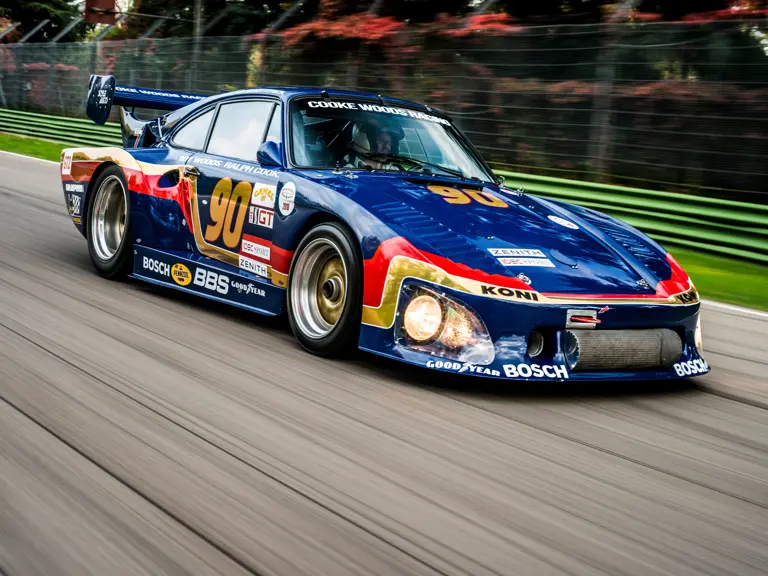
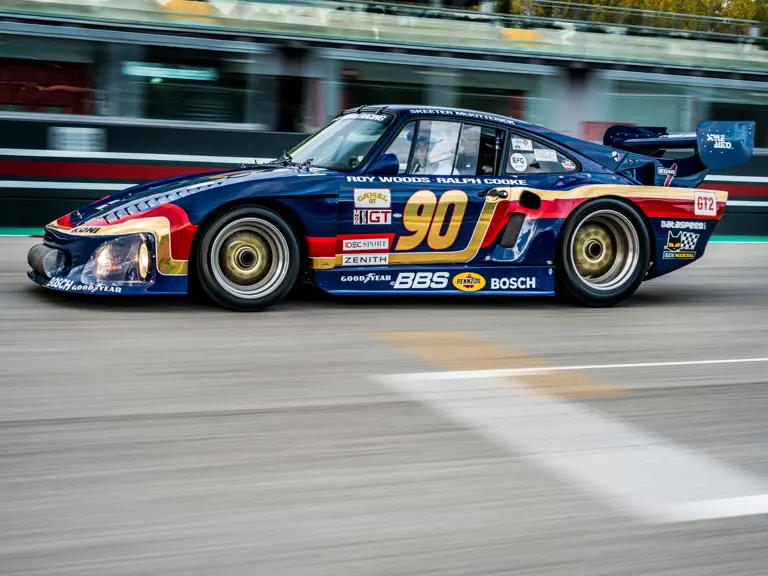
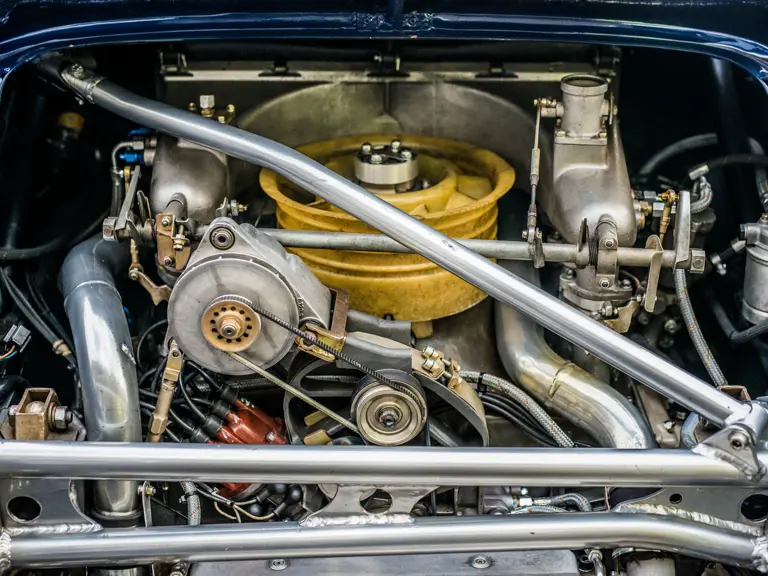

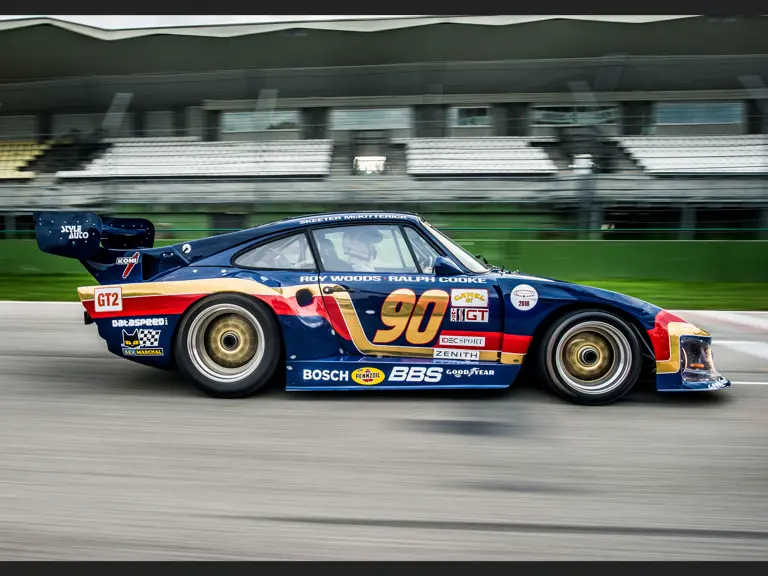
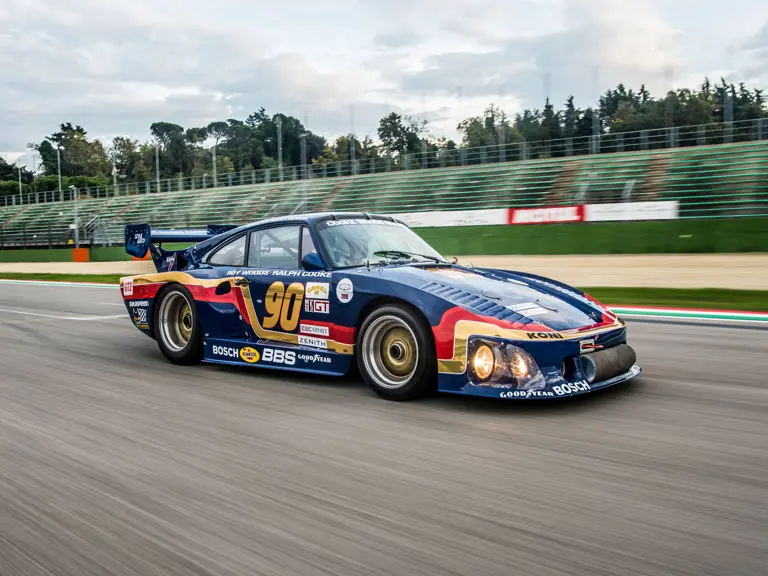
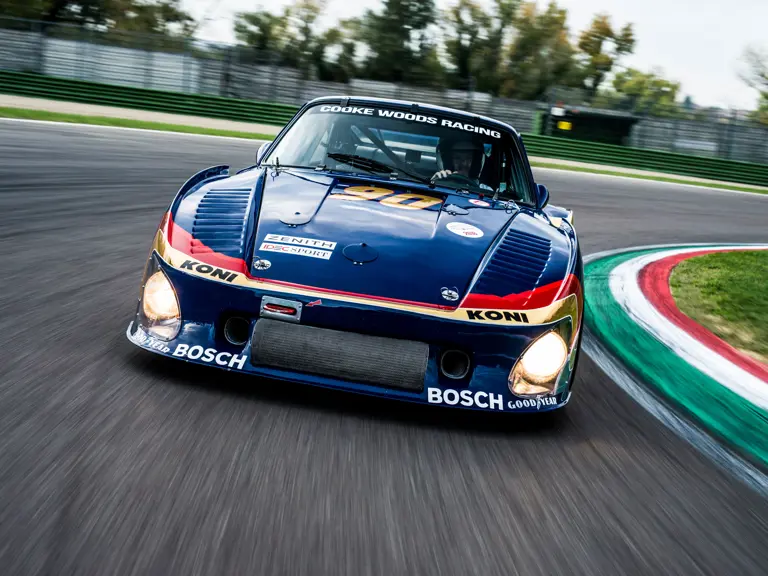
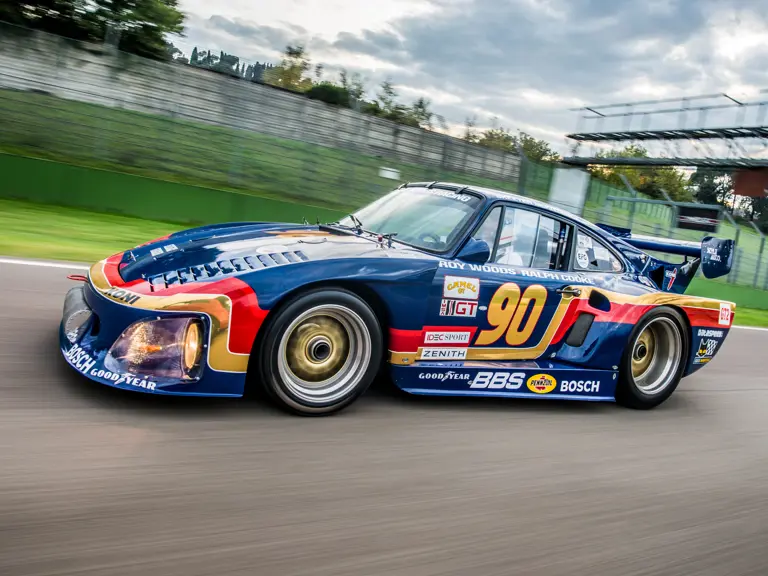
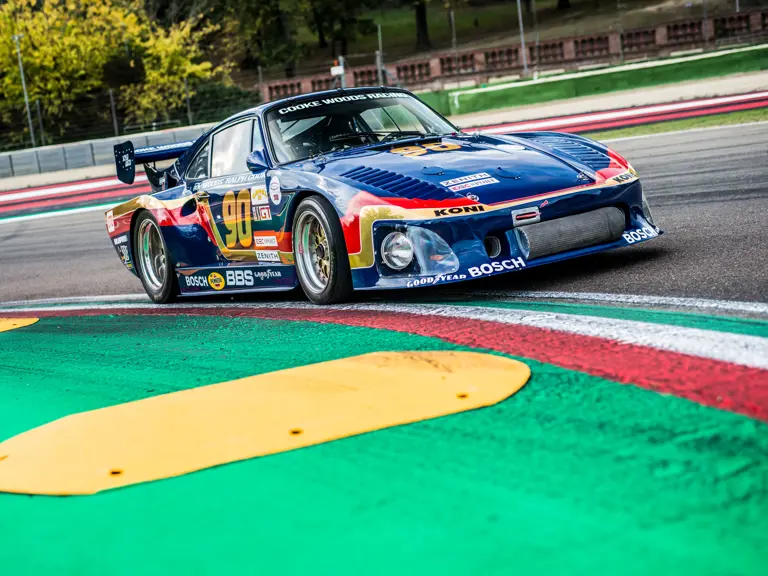
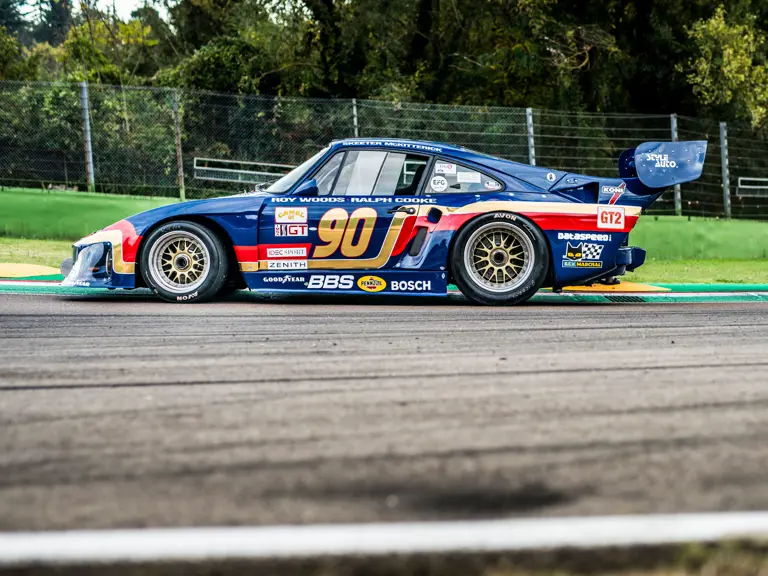
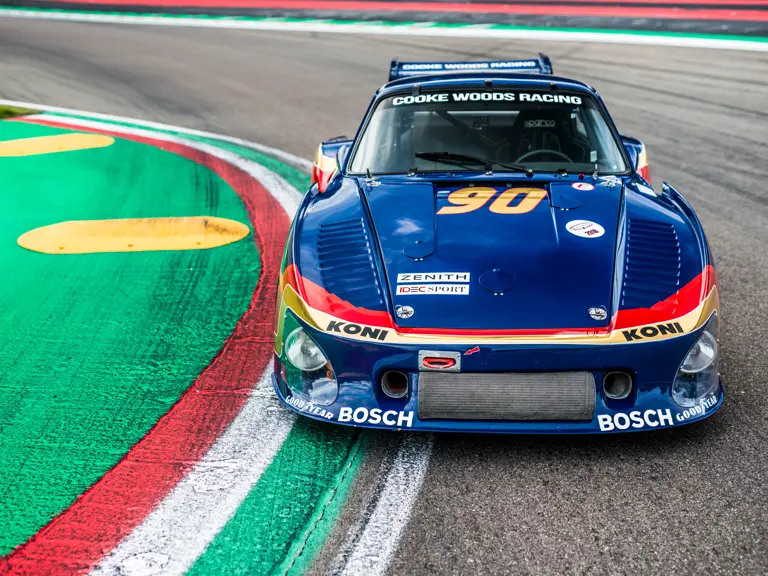
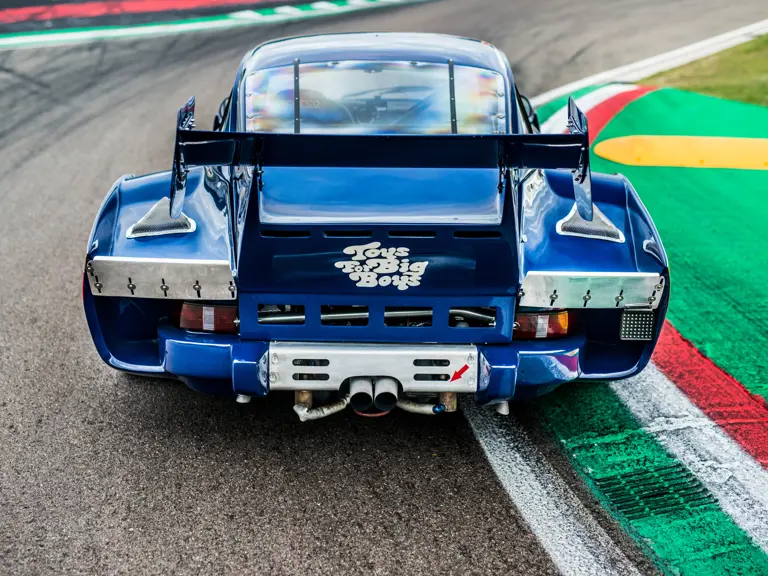
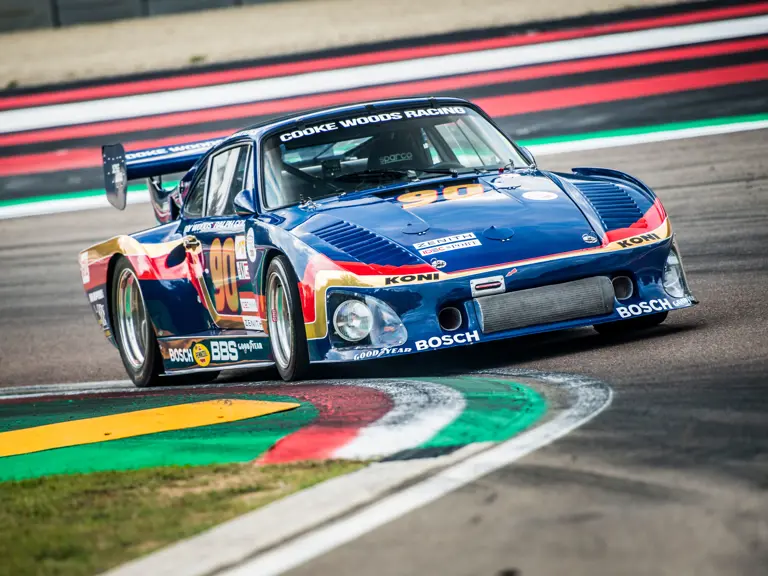
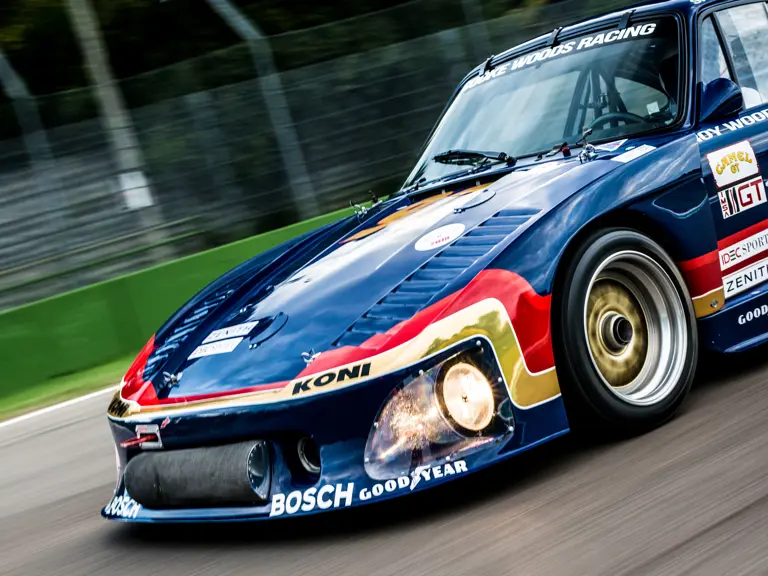


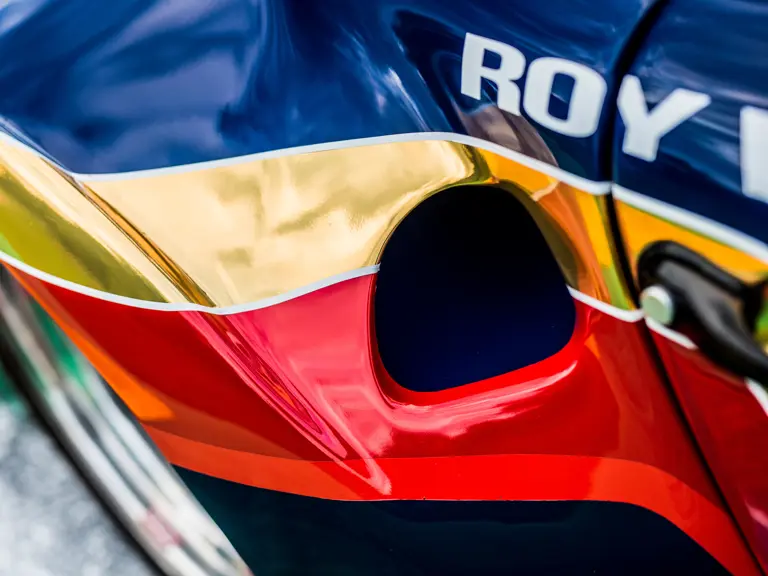
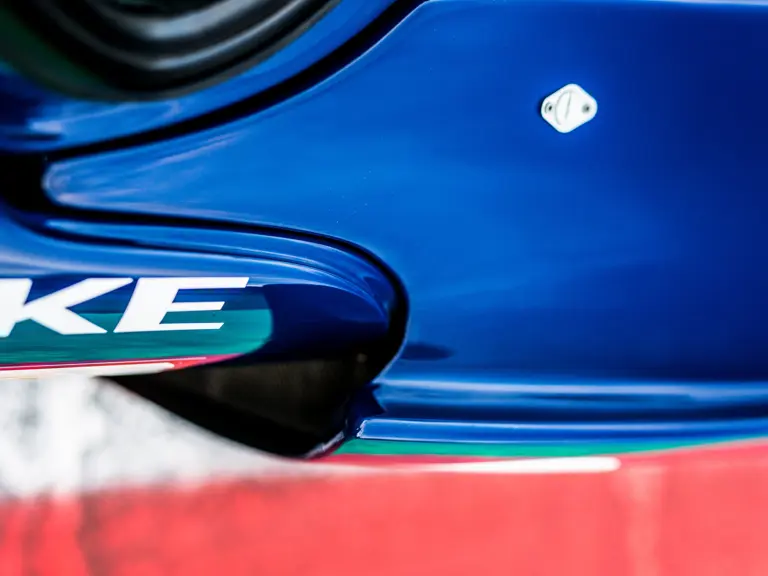
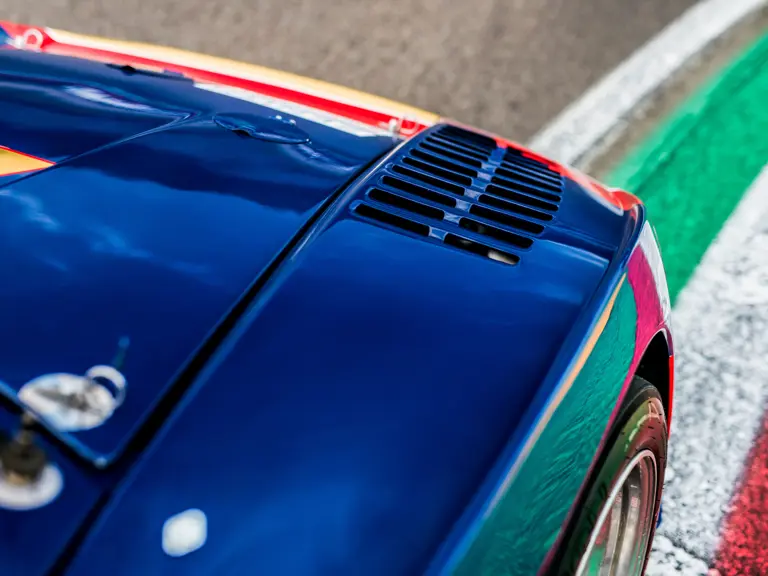
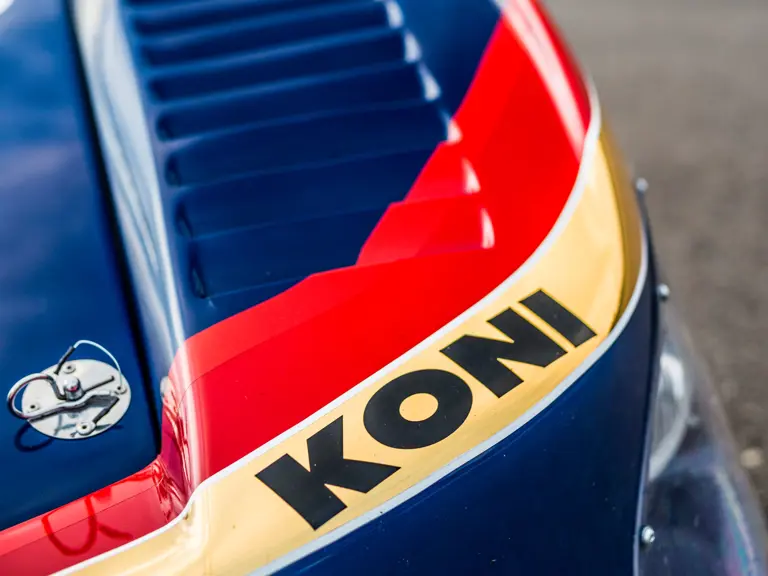
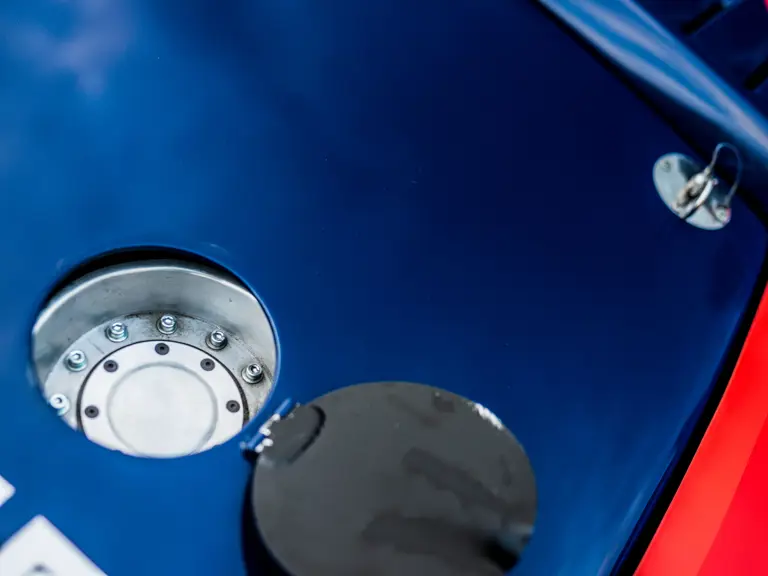
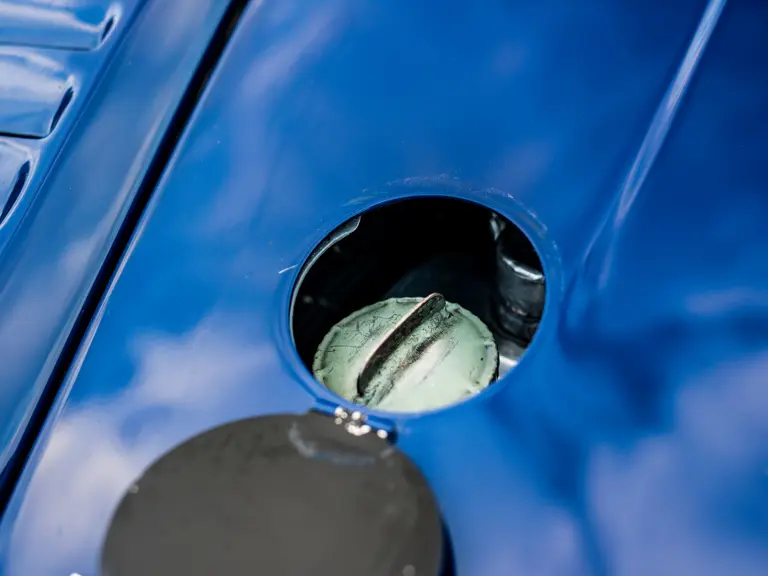

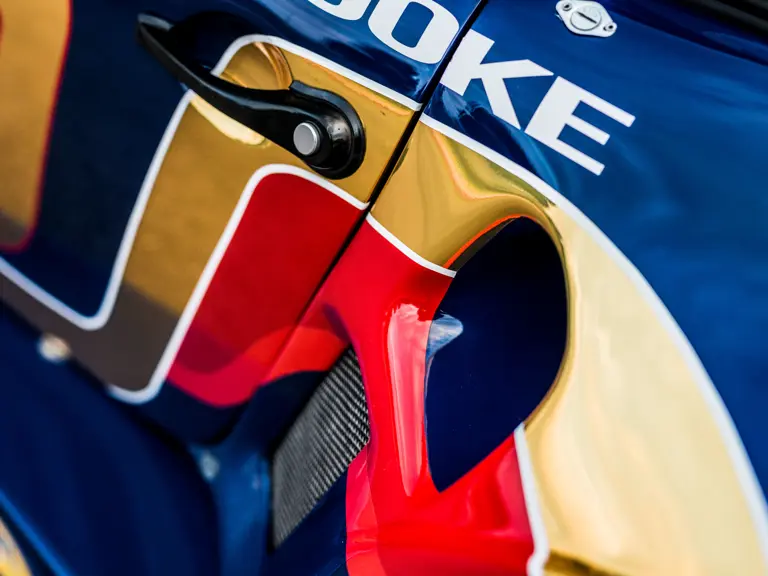
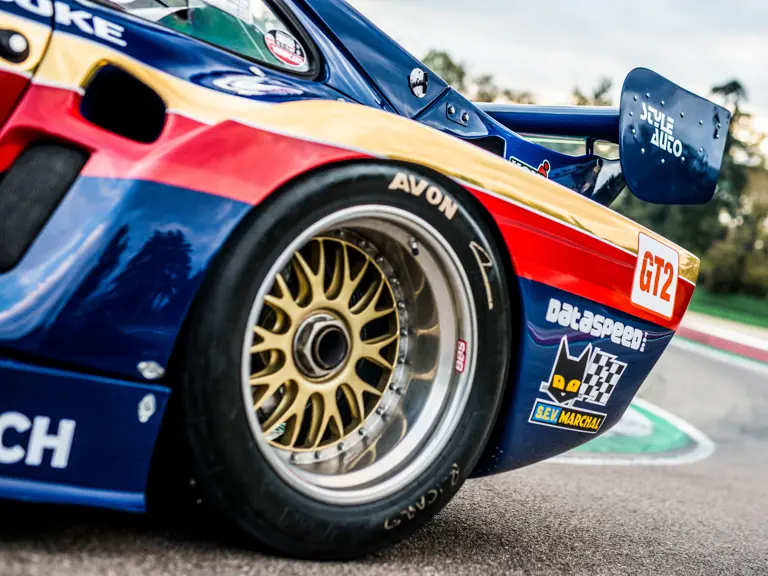
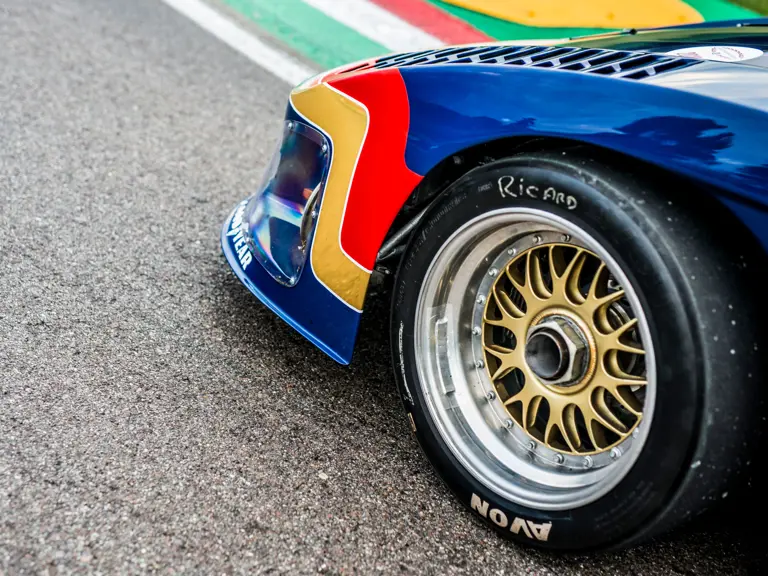
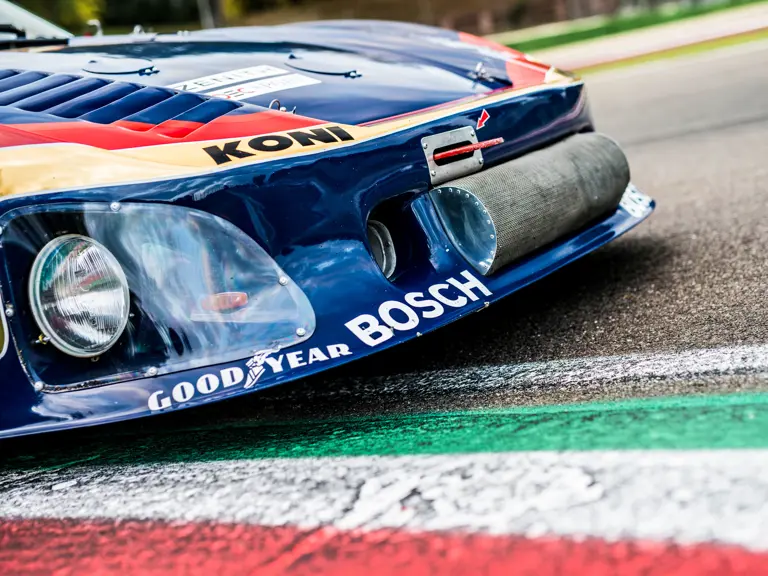
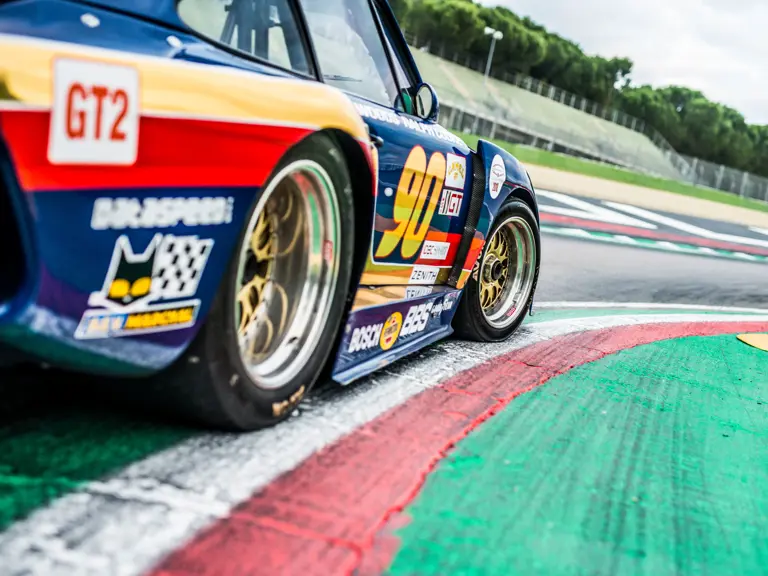
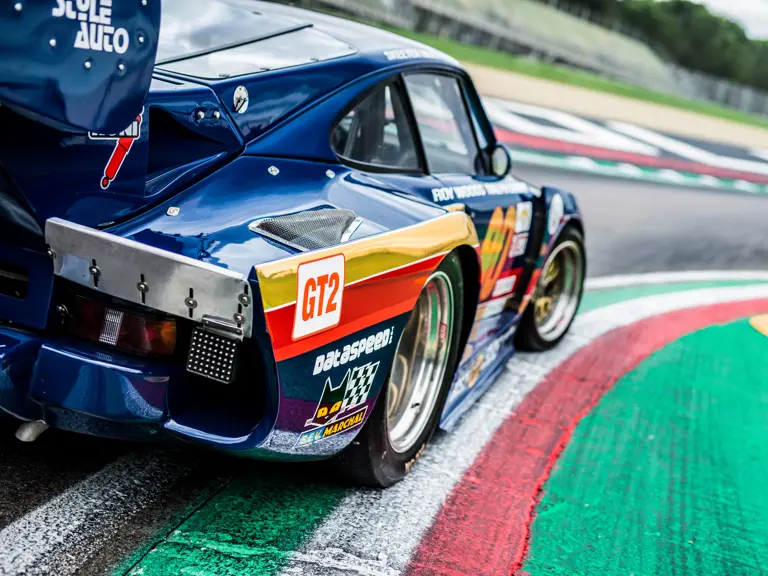
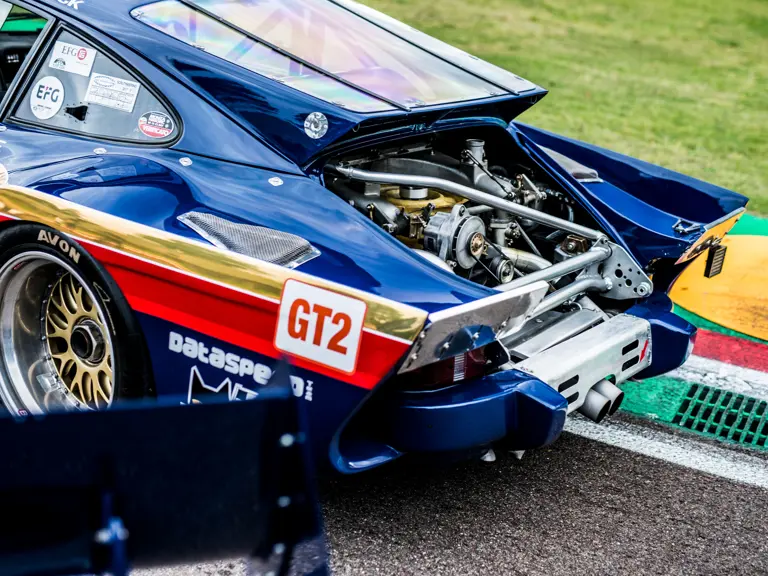
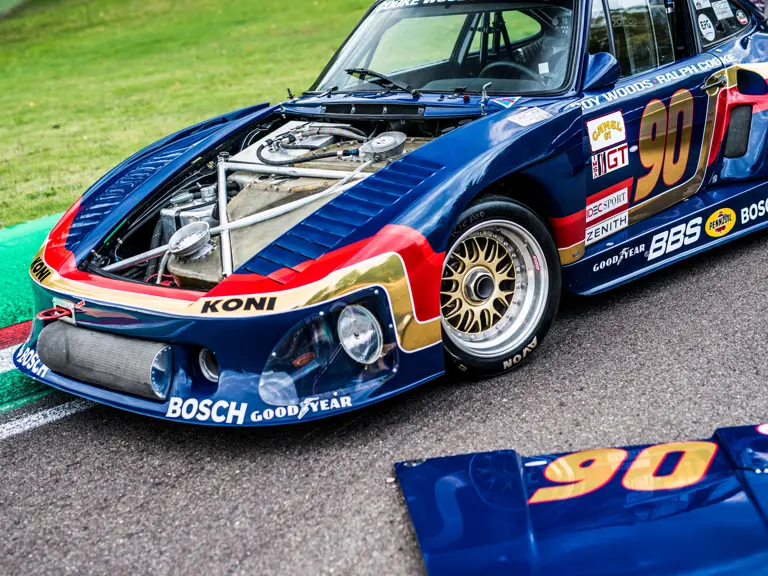

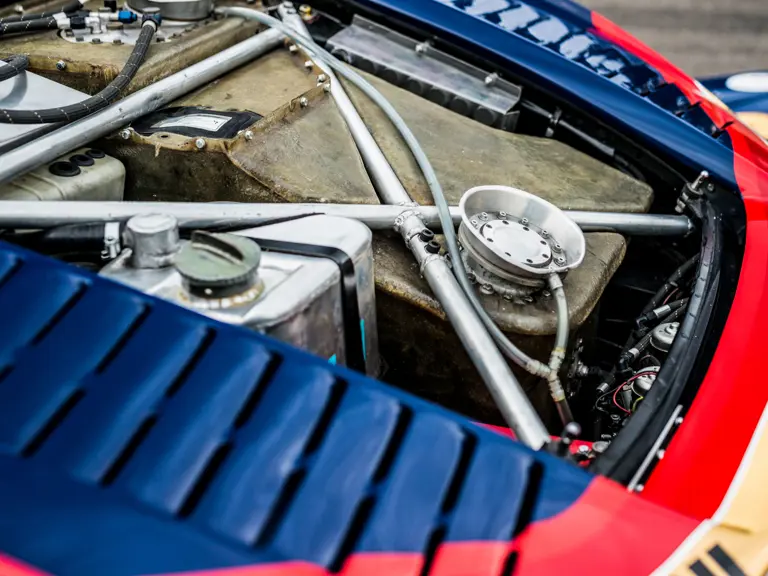
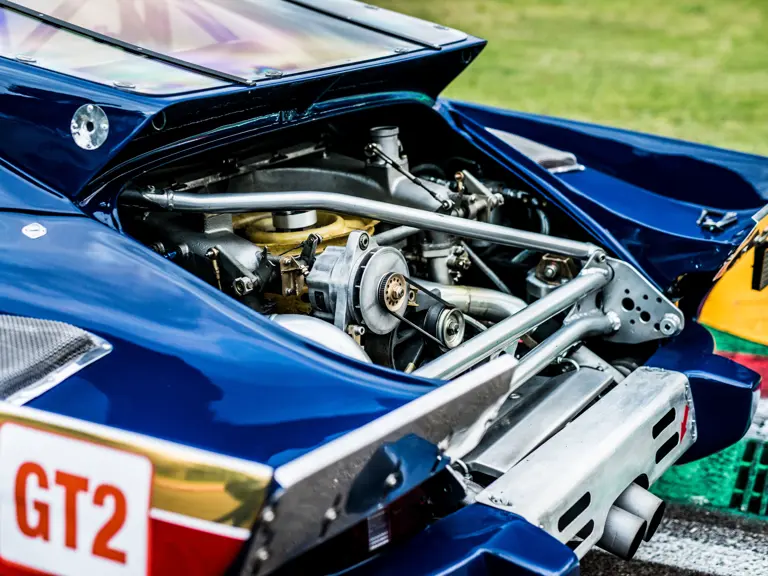
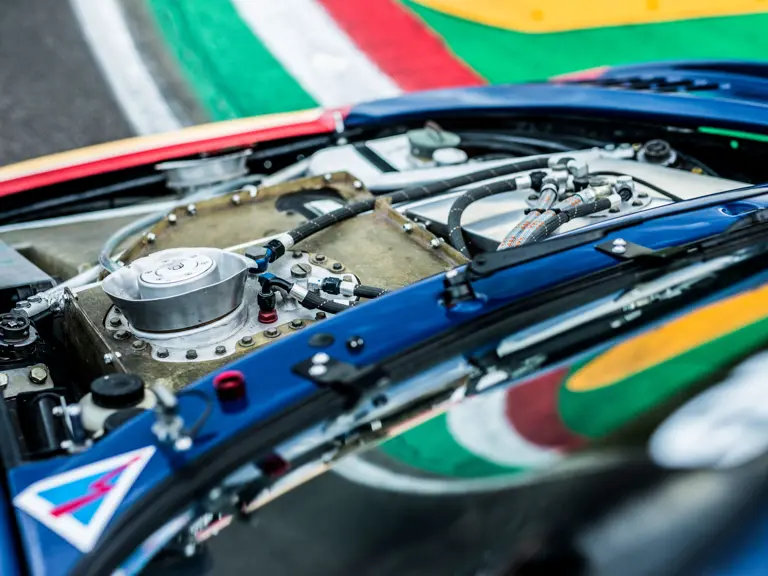
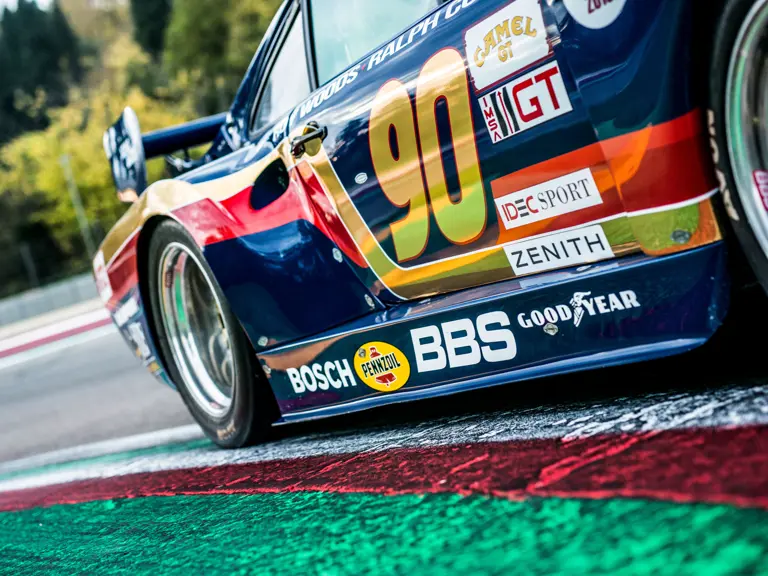
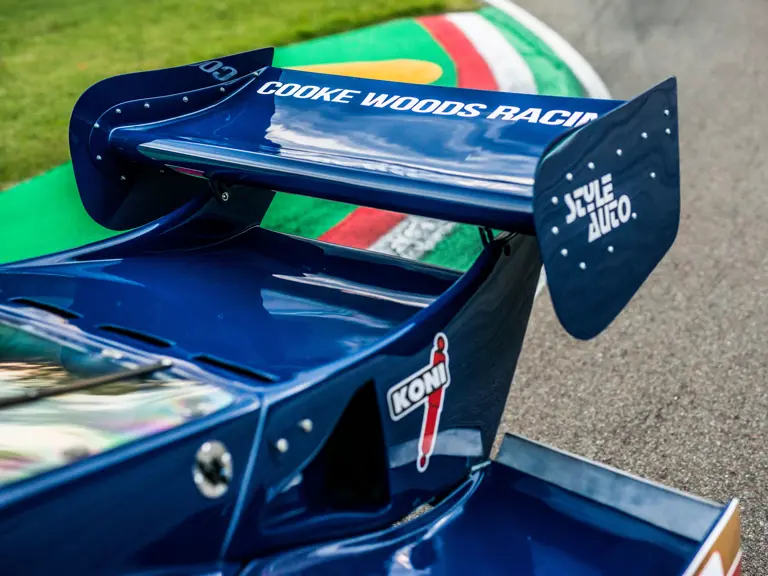
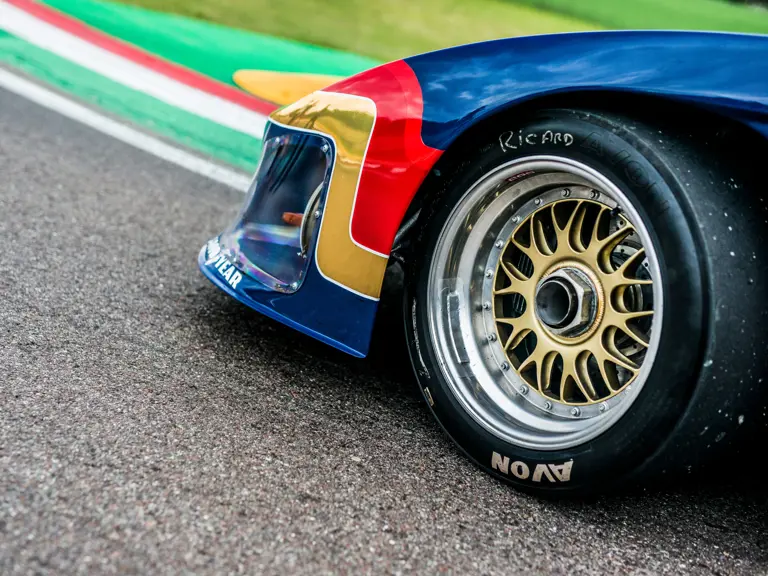
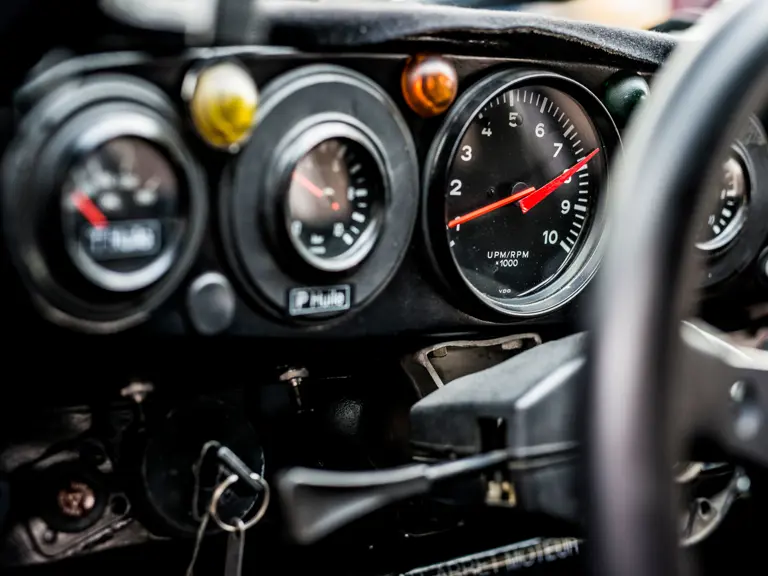

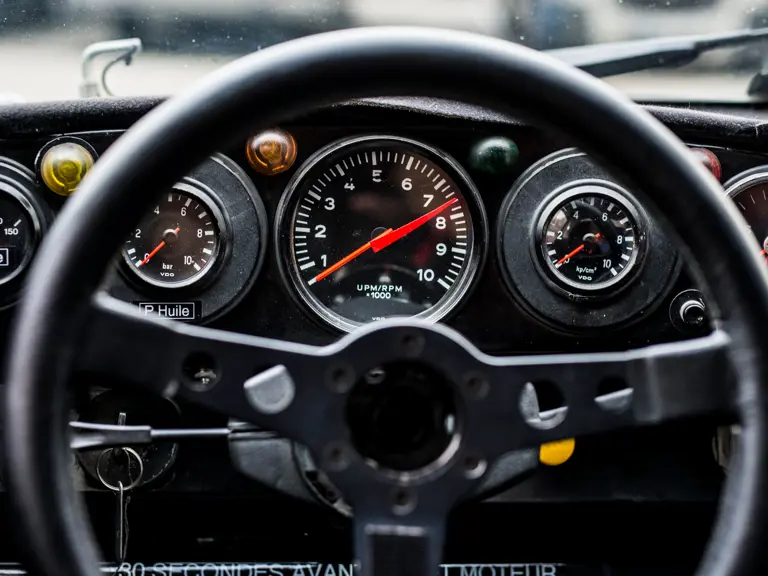

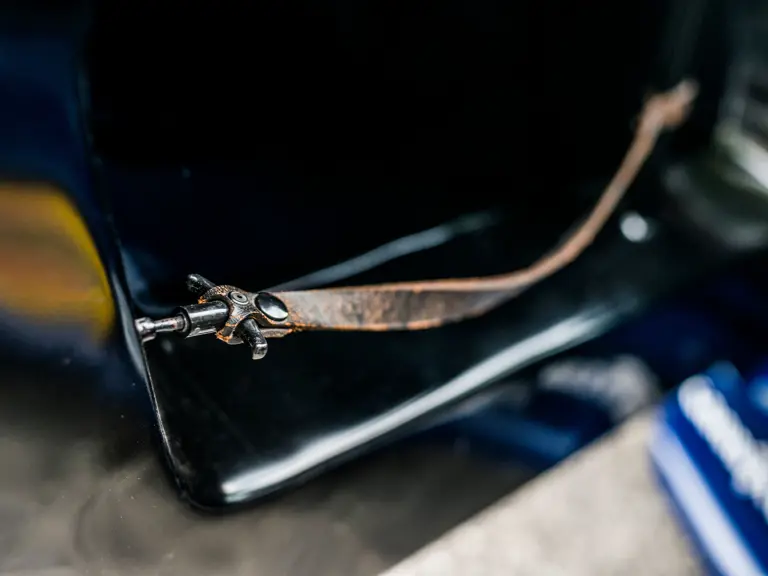
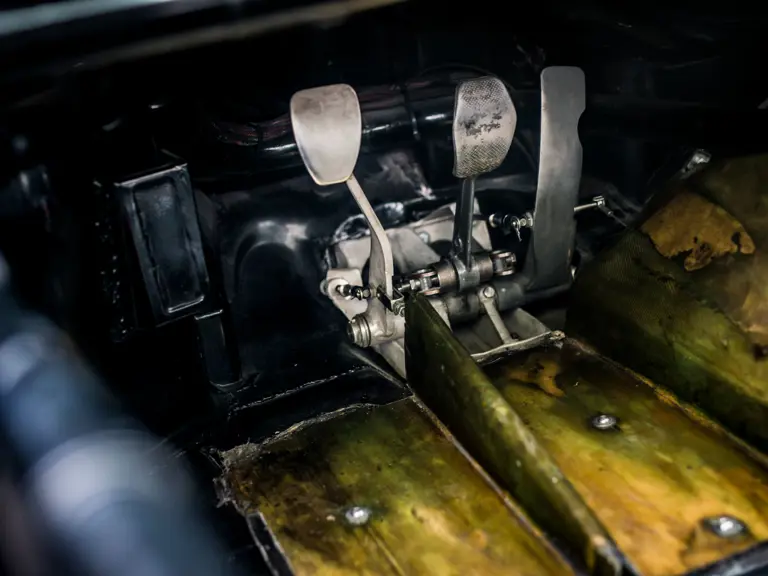
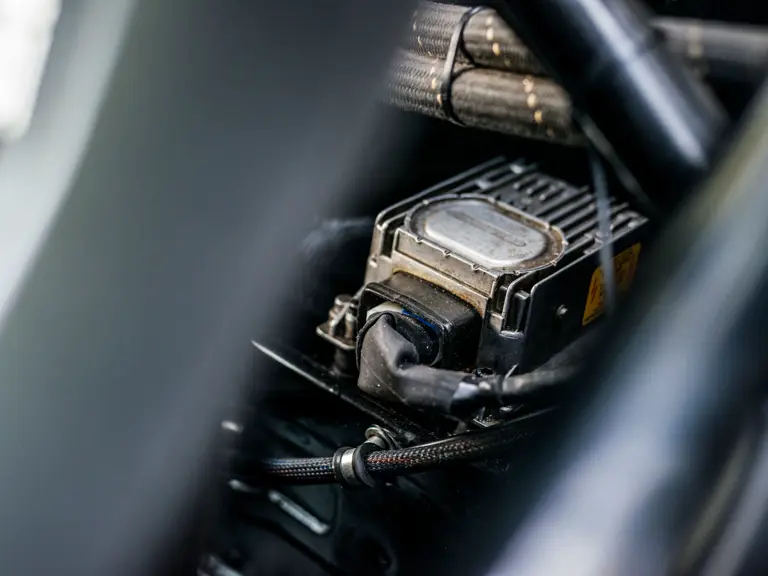
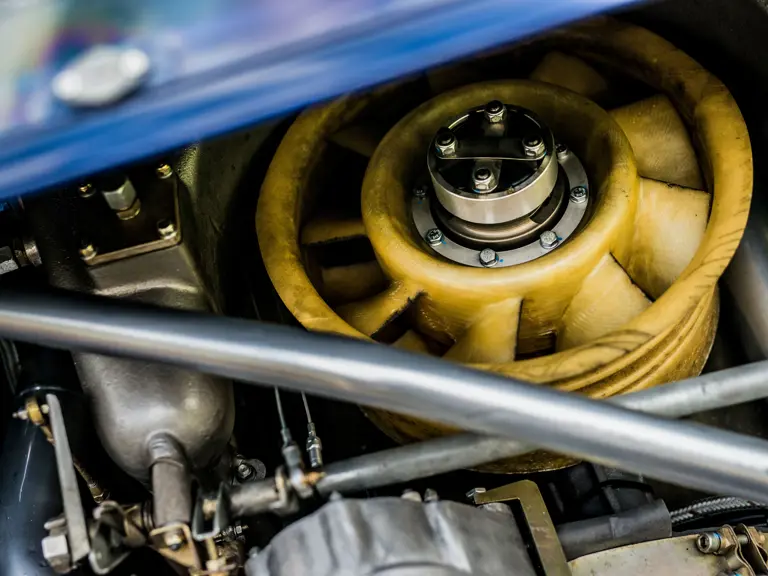
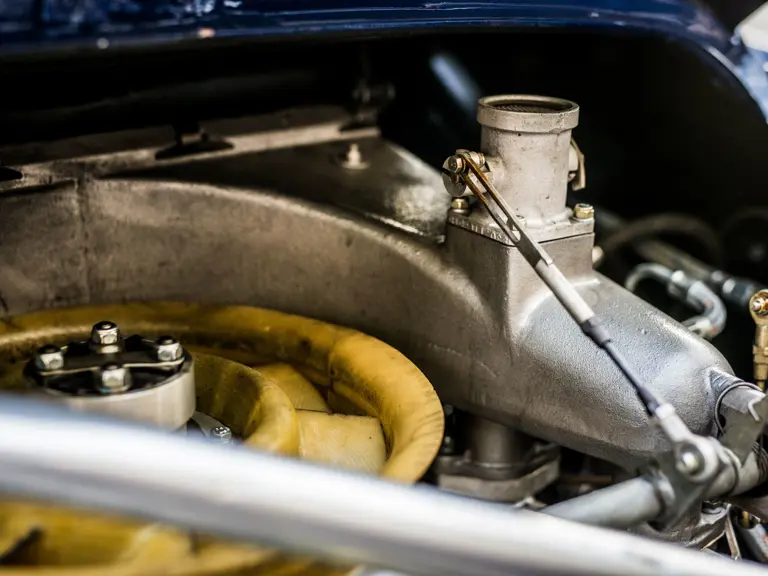
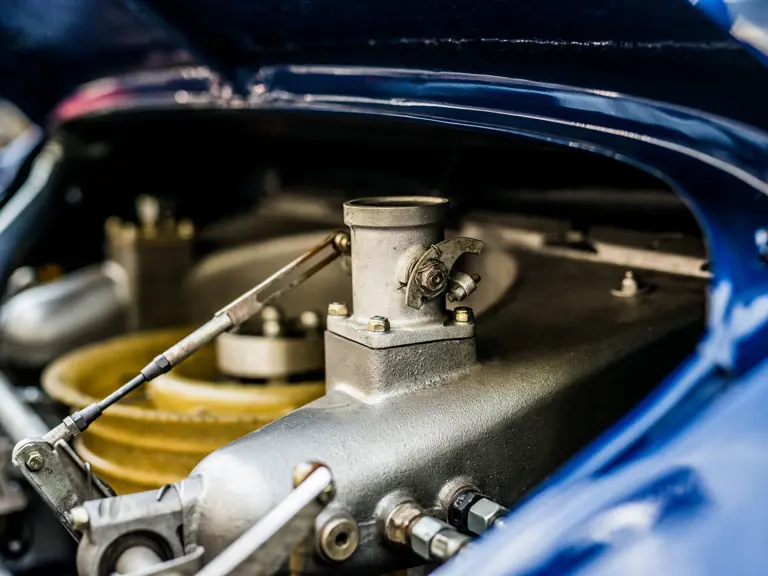

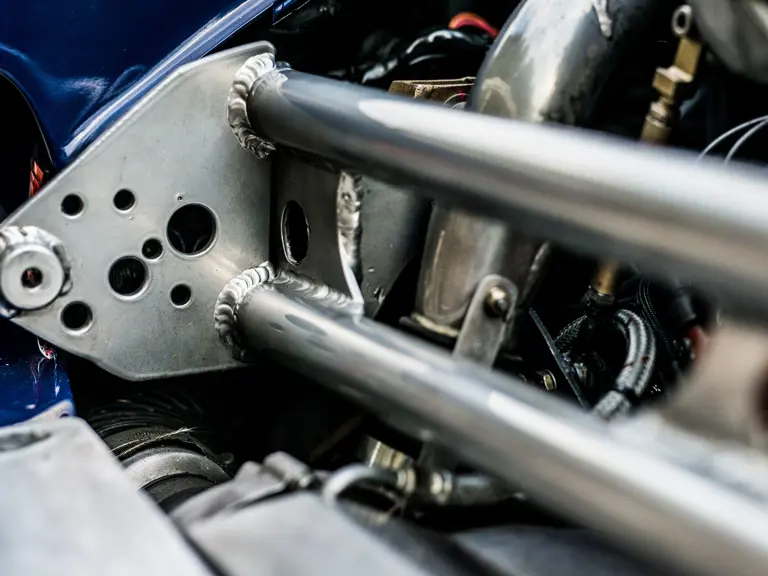
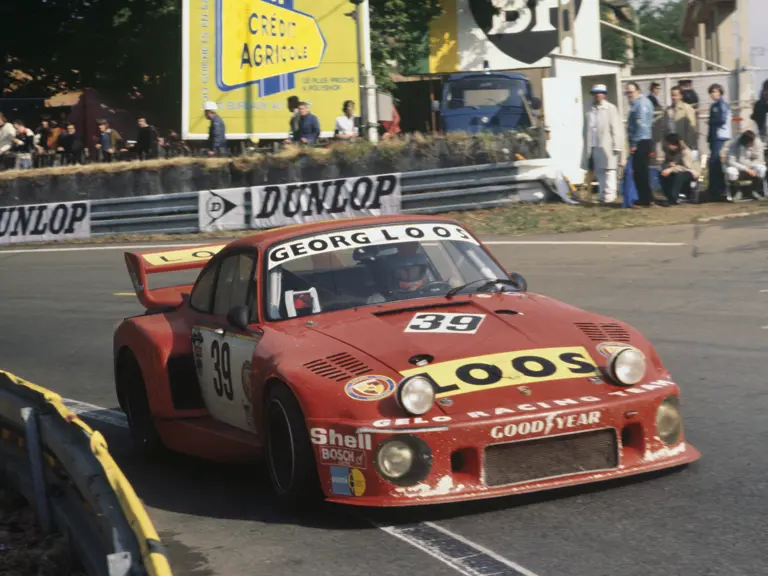
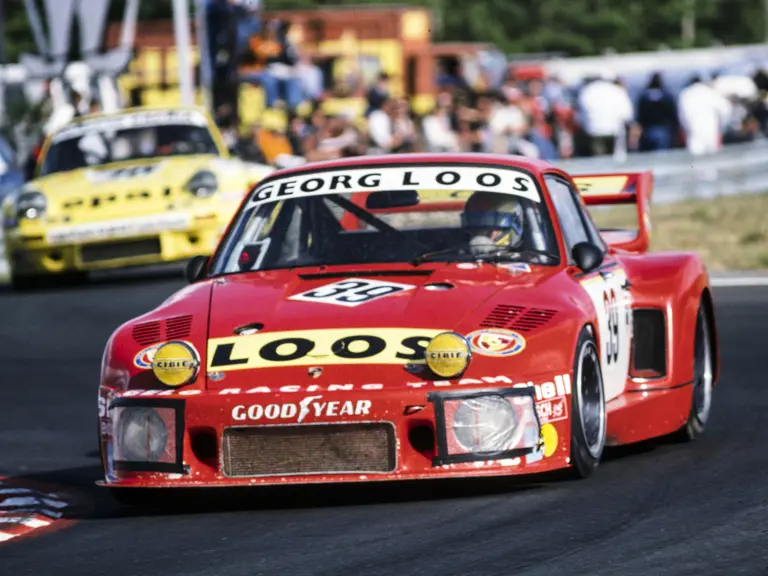

 | Monterey, California
| Monterey, California
